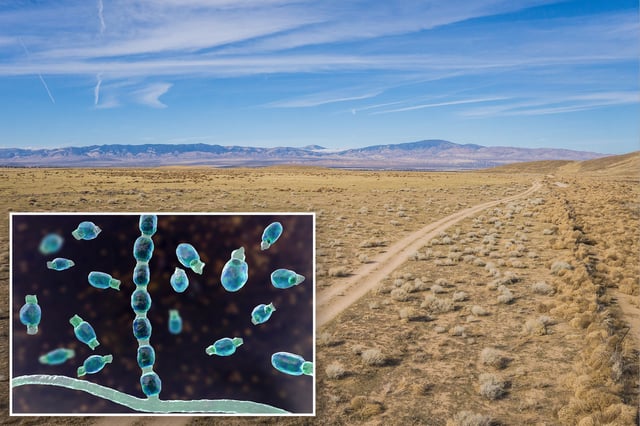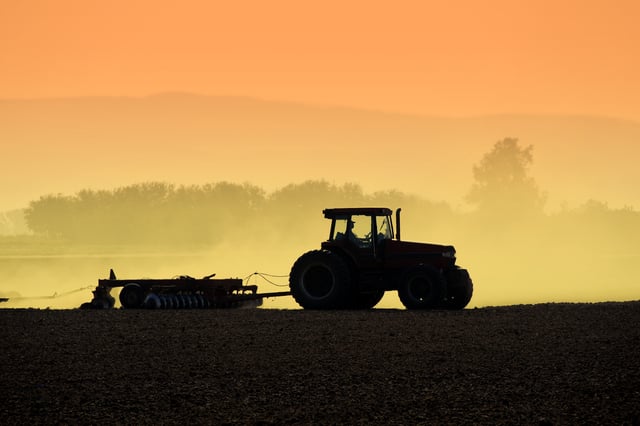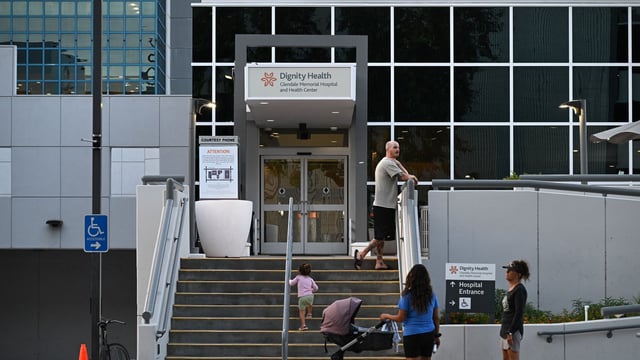Overview
- As of July 31, the state logged 6,761 provisional cases, exceeding the 10-year average and edging past the same period in 2024.
- Health officials say 2025 could surpass last year’s record 12,595 cases, with reporting delays likely to push totals higher.
- The fungus’s range is widening beyond the San Joaquin Valley, with Monterey rising from 47 cases in 2023 to 348 by July 31.
- Valley fever results from inhaling soil-borne Coccidioides spores and is not transmitted person to person.
- People over 60, pregnant individuals, diabetics, immunocompromised people, Black and Filipino communities, and outdoor workers face higher risk, and CDPH urges testing after 7–10 days of symptoms plus N95 use and dust-reduction steps.



